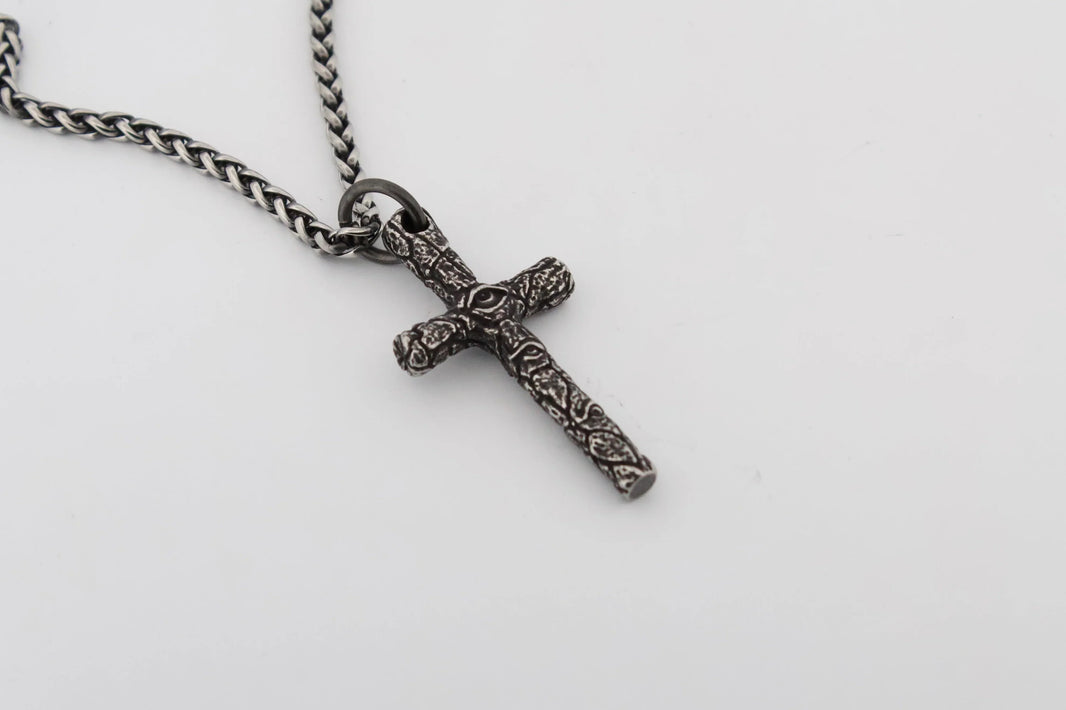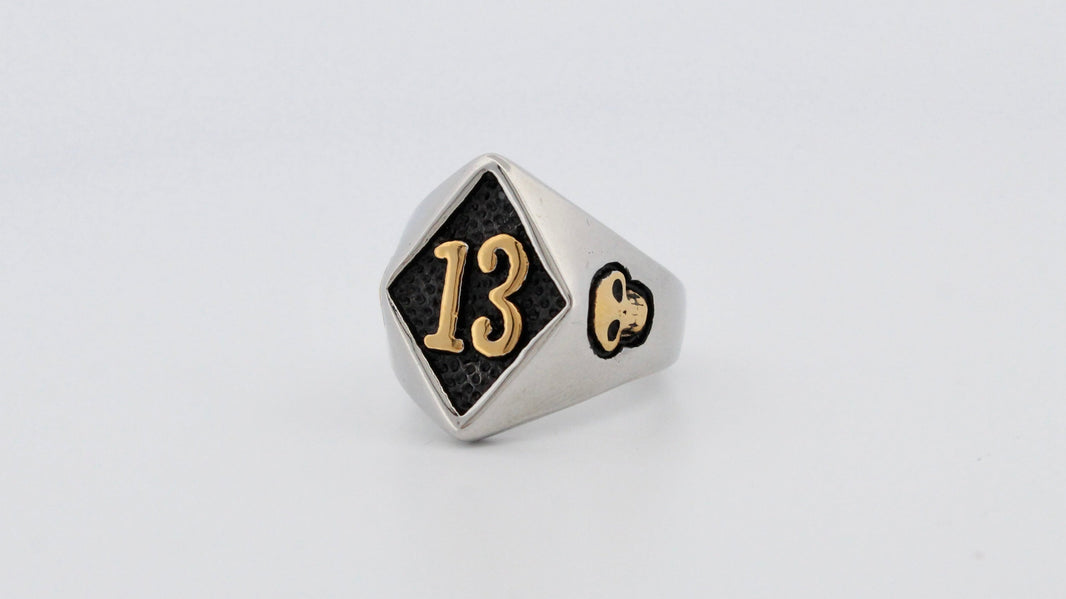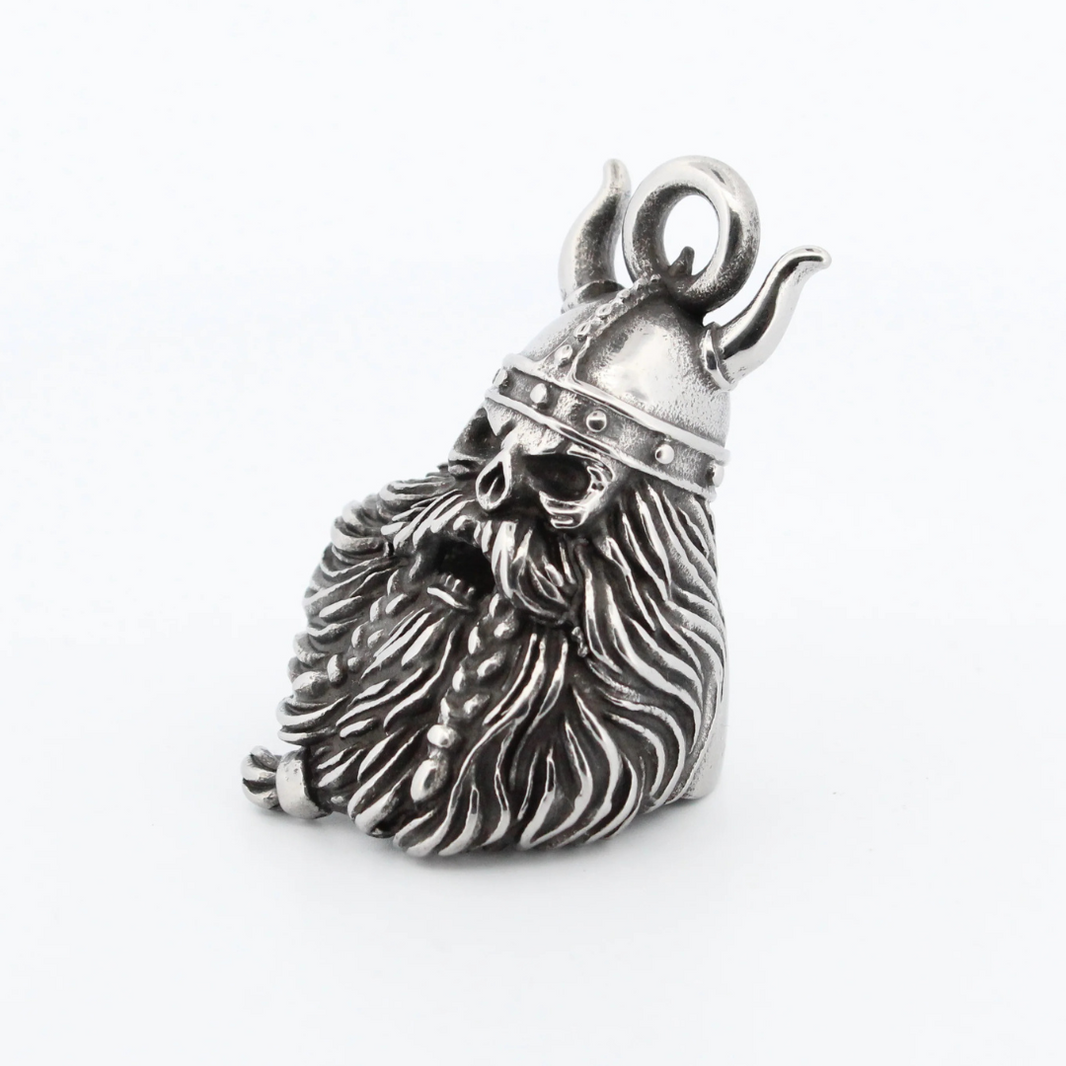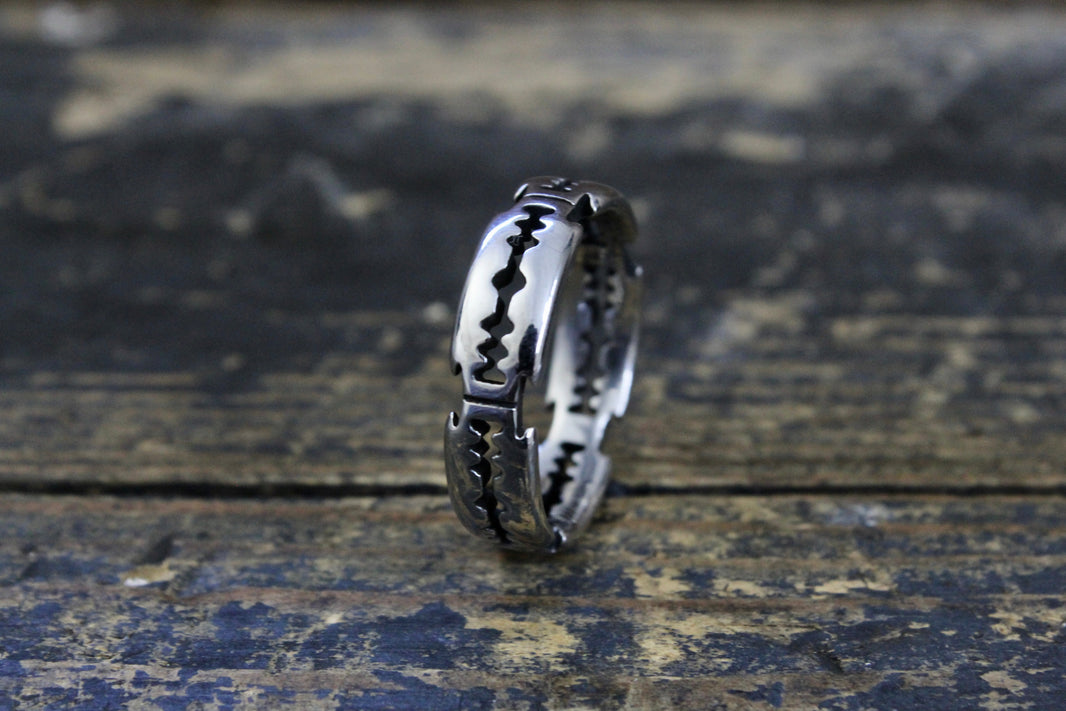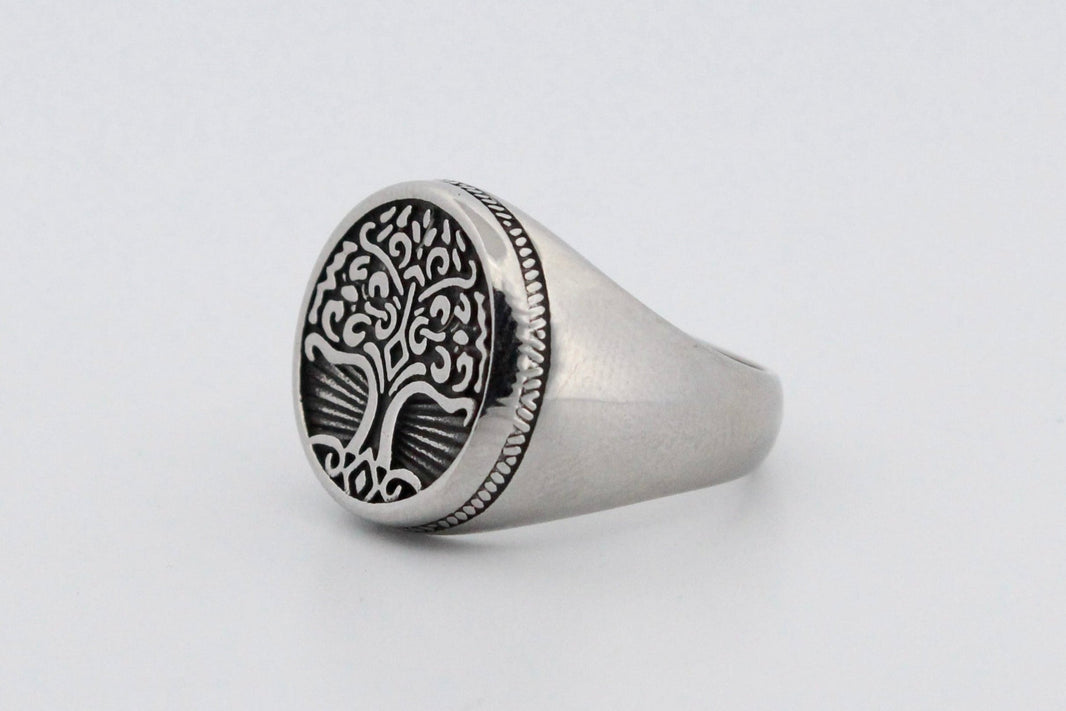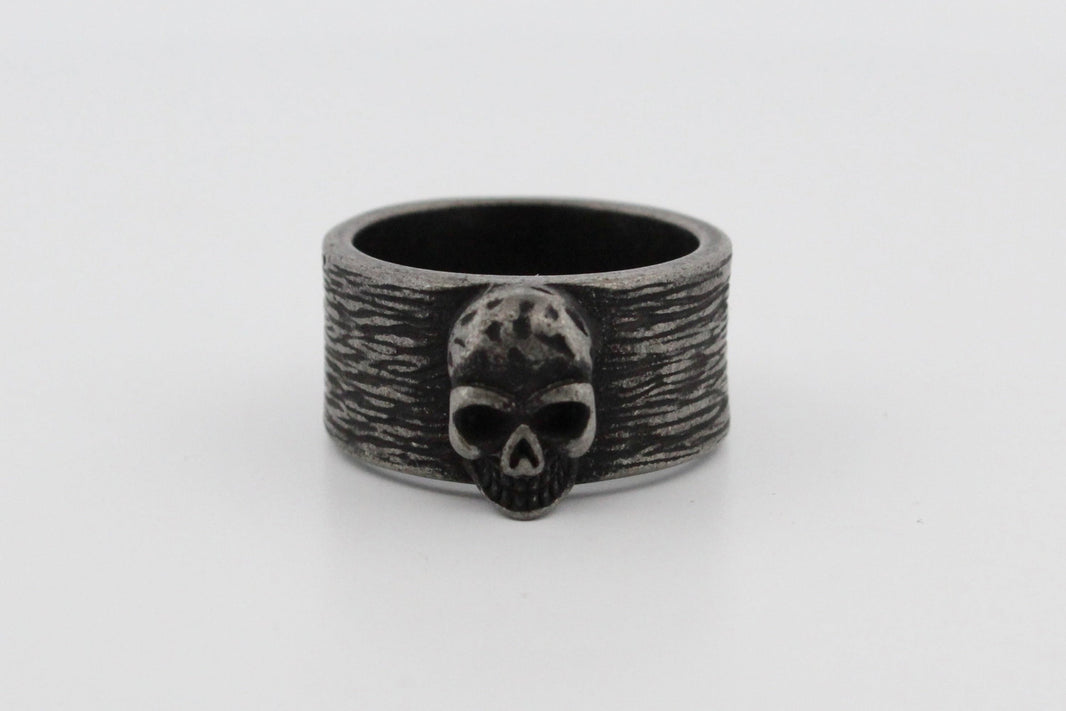When it comes to distinctly heavy metal iconography, there are few mythologies that are as meaningful, beloved and replicated on stainless steel jewellery as Norse mythology.
The Norse gods and tales of heroic battles have inspired many an iconic song, many great tattoos and countless symbols of strength, resilience and self-belief, but one of the most powerful of these is Bjorn the Bear.
Bjorn, the bear and the berserker are three separate but closely interconnected pieces of mythology.
Bjorn is a common Norse name which translates to “bear”, but has commonly been the name of many legendary heroes. Perhaps the most famous of these is Bjorn Ironside, in part because of his depiction in the TV show Vikings, where he is scarred by the mighty claw of a bear.
Bjorn was also the name of the father of Bodvar Bjariki, a hero who appeared in the 13th-century Norse folk tale The Saga of Hrolf Kraki. Bjorn was cursed by a spell that transformed him into a bear by day, living as a man only at night.
Part of this folk tale could have been inspired by the legend of the berserker, a type of warrior who drank a special concoction that placed them in a bloodthirsty trance.
So strong was this trance that it was described as “hamask” or shapeshifting into the form of a bear.
The word itself roughly translates to “bear-shirt” or someone who wears a cloak made from bear skin. Berserkers typically belonged to a cult of bear worshippers and, according to legend, drew their power from them.
Bodvar Bjariki was one of the most famous of these berserkers and was said to possess the same ability to transform into a bear as his father Bjorn.
All of this has made bears, and particularly Norse depictions of them, a powerful symbol of inner strength that people choose to wear either in jewellery or tattoos.

